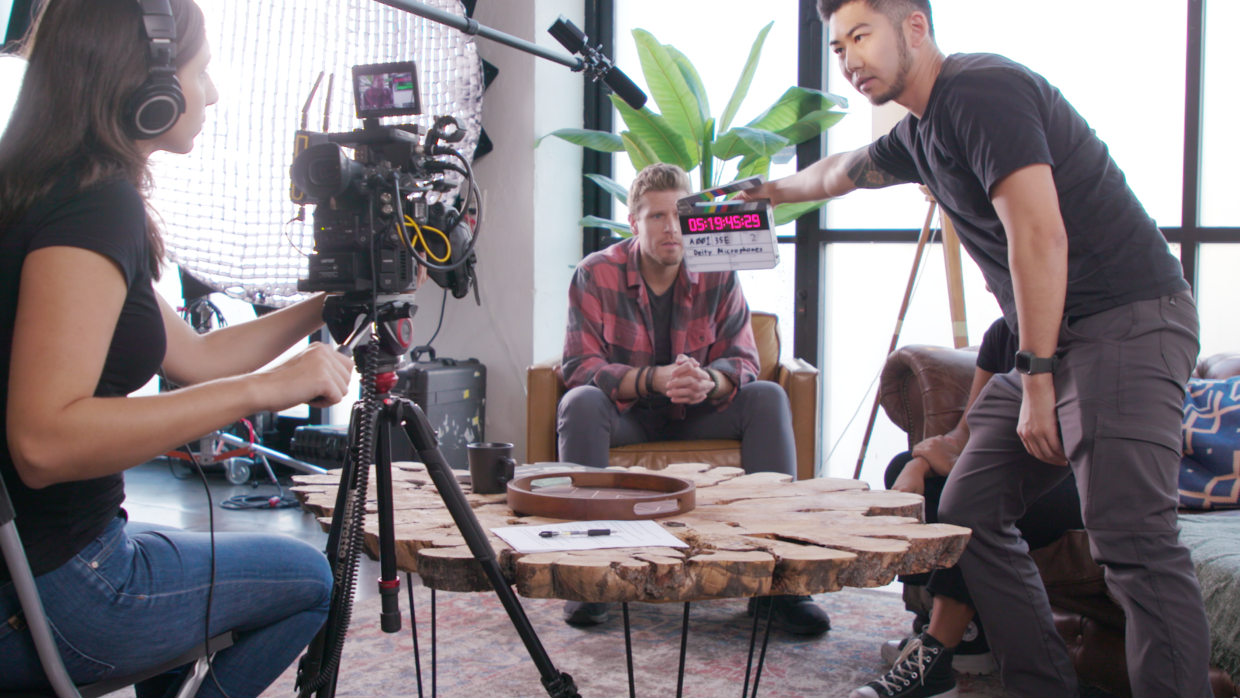Smart Slate Vs. Dummy Slate
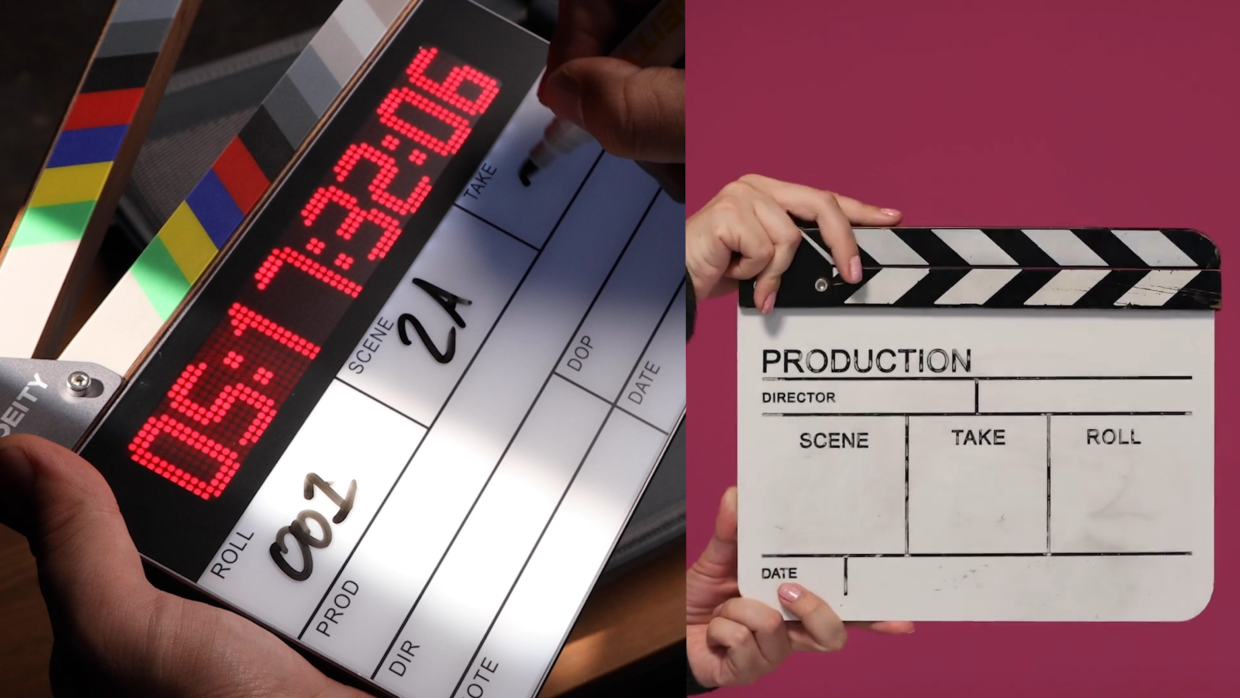
Know the terms
If you’ve been on a film set, you might’ve heard the terms “smart slate” or “dummy slate.”
Today we’re gonna explain the difference between the two and why one is preferred on professional sets.
What is a film slate?
In its simplest form, a slate is how you sync cameras and audio recorders. When a slate “marks,” it is something that not only can be seen in your camera but can be heard in your audio waveforms.
Giving you a precise frame where the two can be synced, making the post process all the easier.
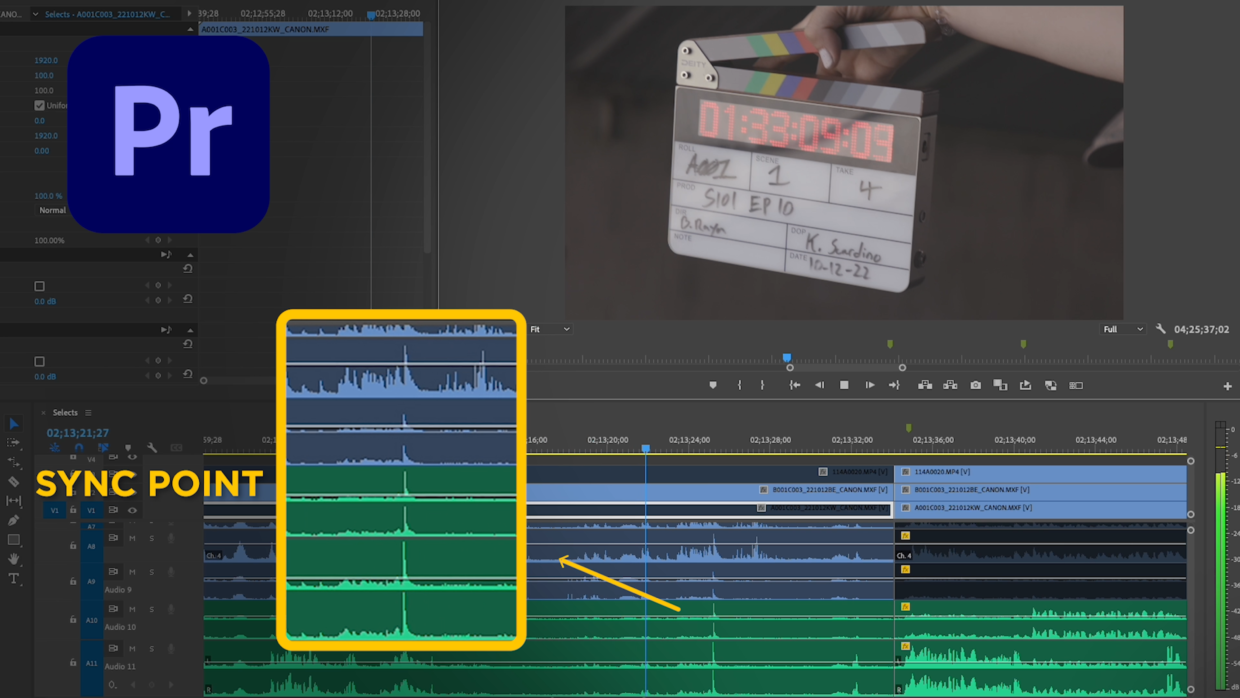
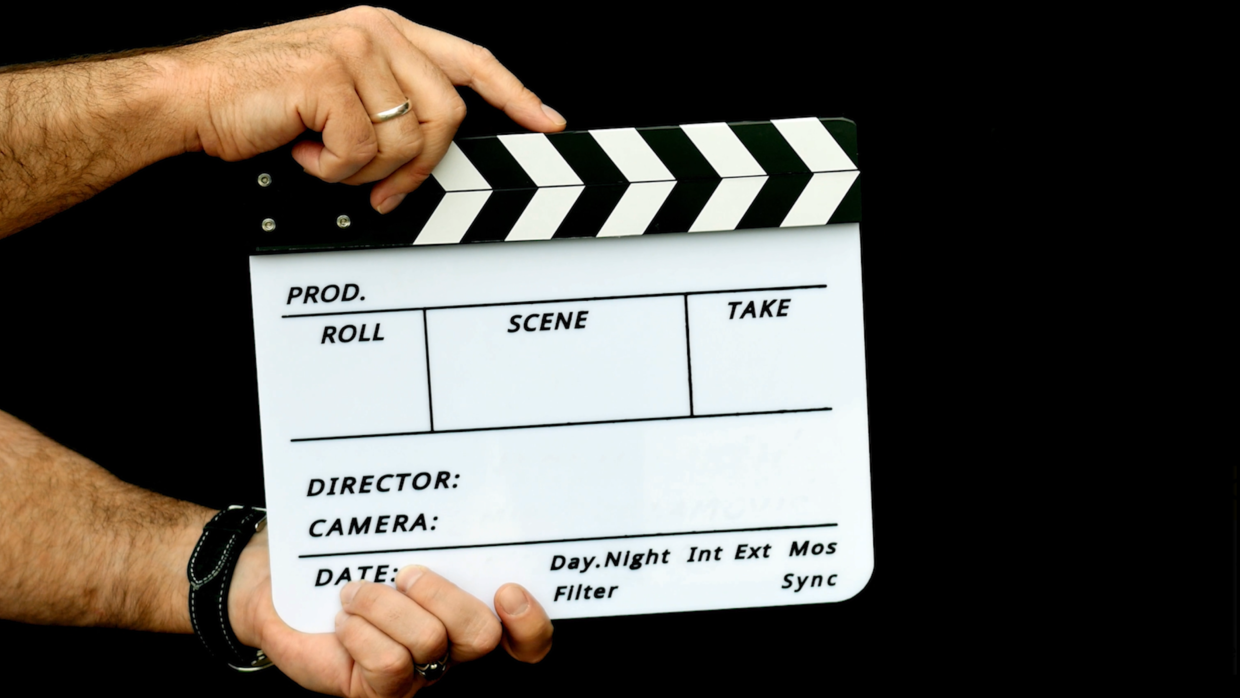
The similarities
Both dumb and smart film slates also have sections for information such as scene and take numbers, which we discuss in more detail in this video here.
The key difference
Where they differ is that a smart slate uses electronics while the other, does not.
A smart slate accurately generates and displays the production’s timecode so the editor can visually see their sync point in addition to the waveform and visual mark.
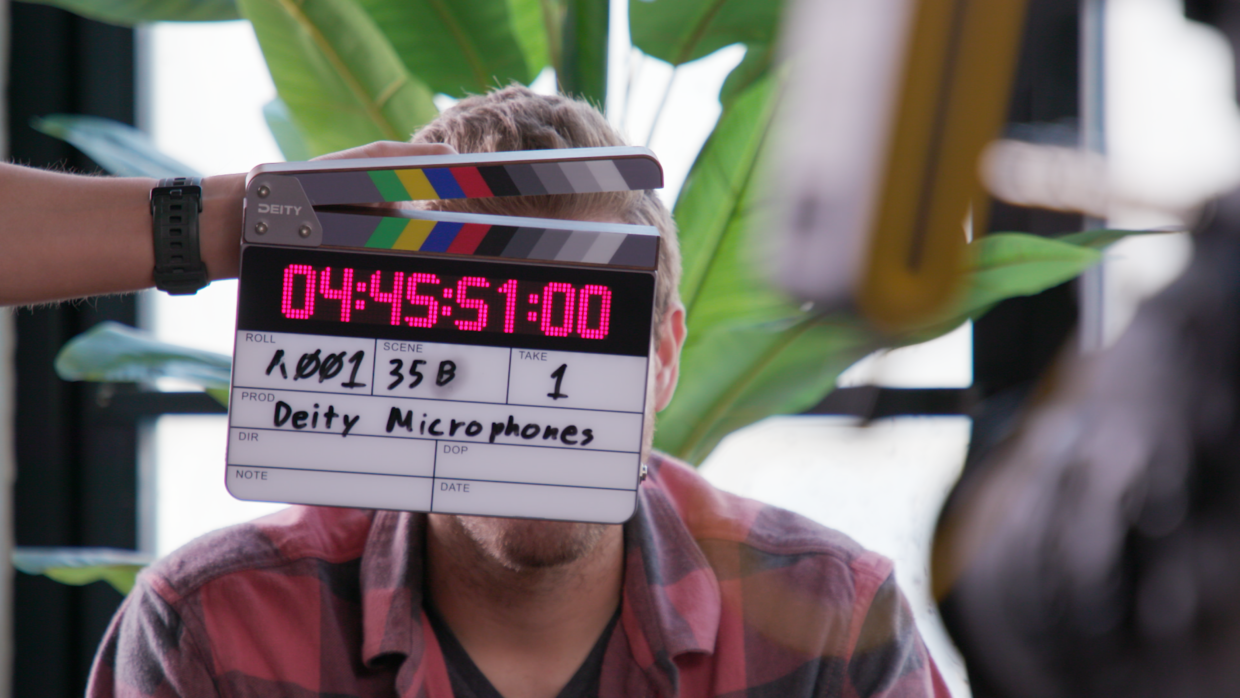
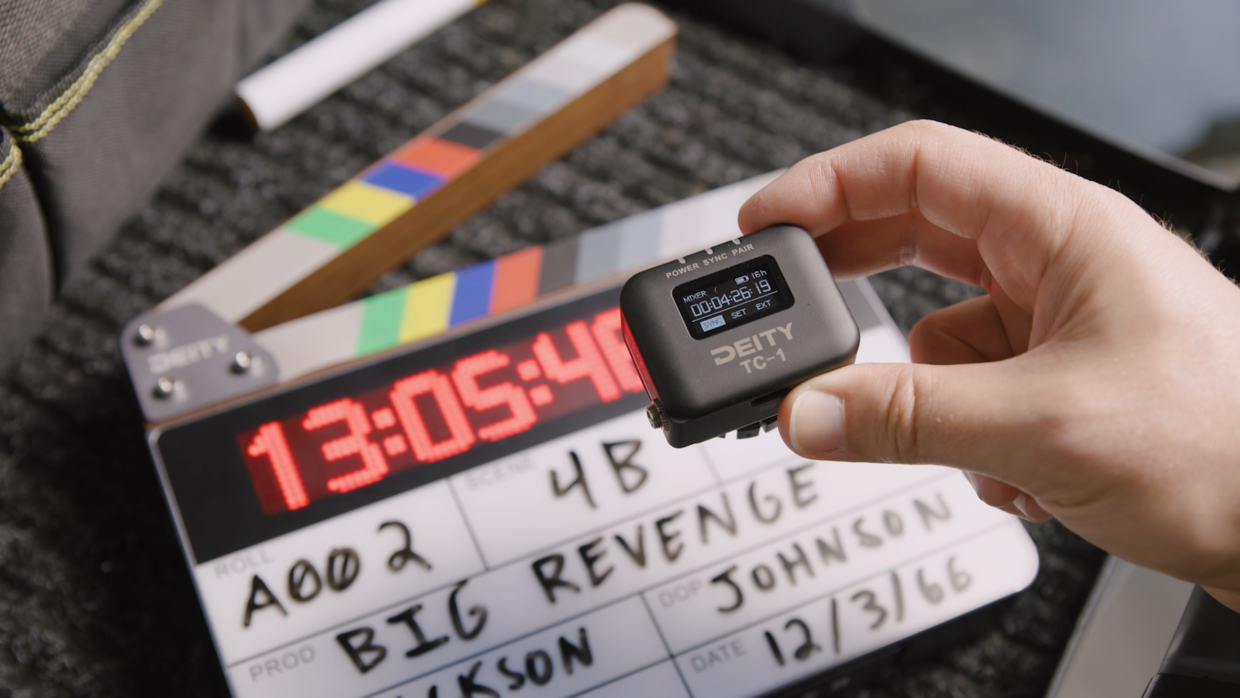
Sync other devices
Being a timecode generator, it’ll allow you to jam-sync all of your other devices on set or if you have the matching Deity TC-1s, you can sync wirelessly embedding timecode in all of your devices.
Save time in post
With all of your devices now having timecode, your editor can use their workstation’s “Sync by timecode” feature rather than syncing the audio by hand, saving them loads of time!
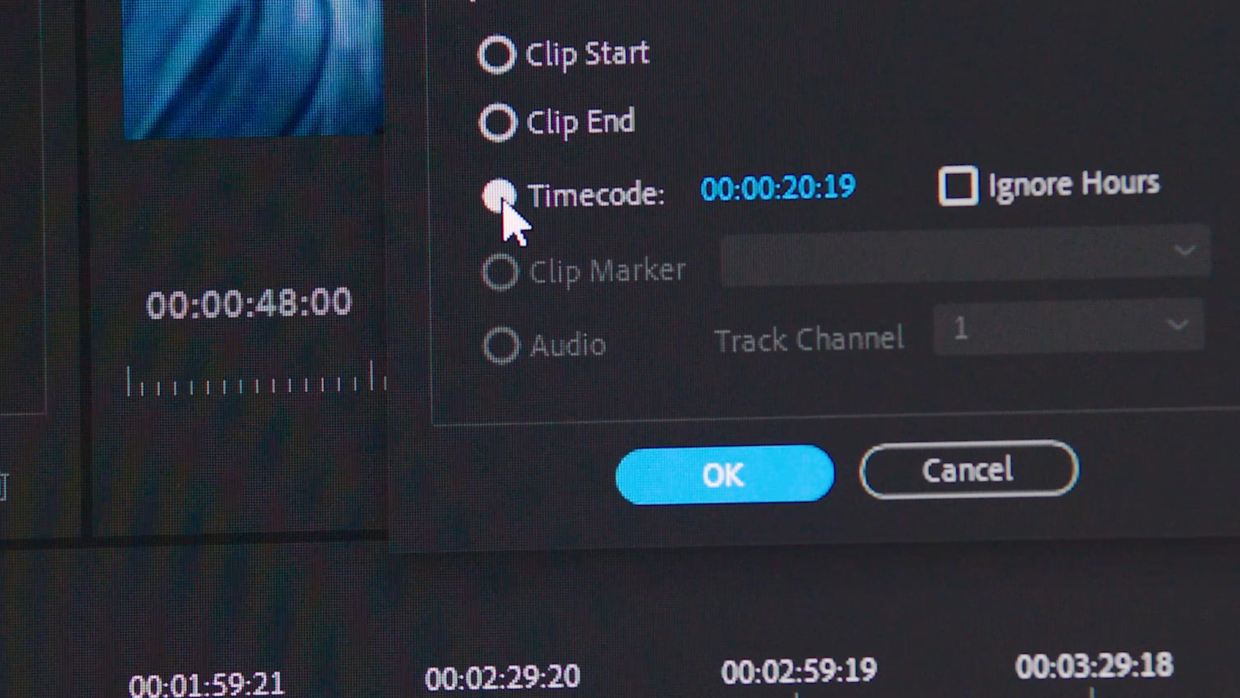
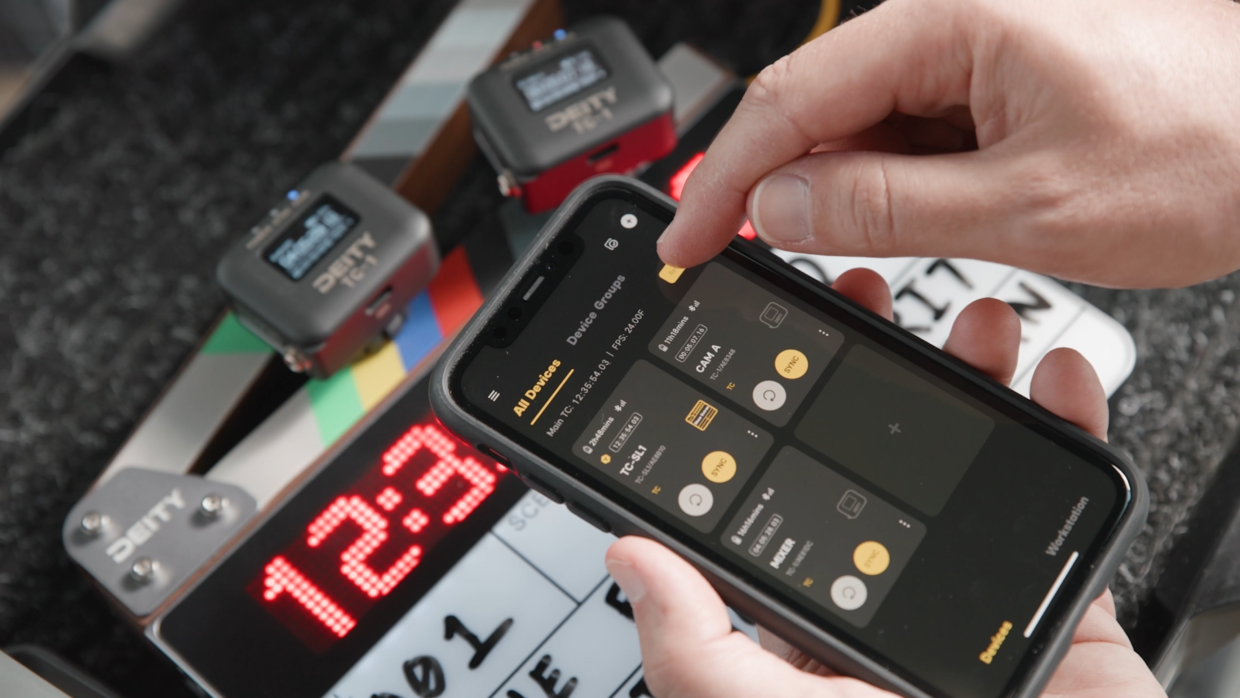
App integration
A smart slate like the TC-SL1 also has custom metadata features that allow you to pack additional information into your shot.
Using the app, you can input 3 lines of 8 characters each, allowing you to keep track of camera filters, frame rate changes, cameras, or anything else your production might need!
Get shooting!
Hopefully, this tutorial has cleared up the differences between a smart slate and a dumb slate.
Until next time, happy shooting!
